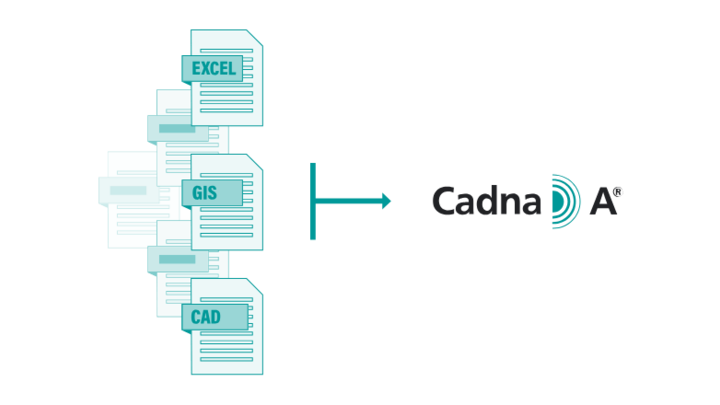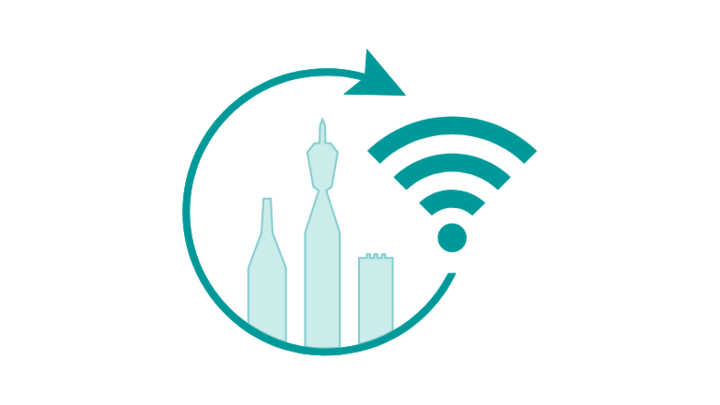Connectivity
CadnaA includes great connection capabilities. The numerous import and export interfaces ensure the communication with related applications such CAD or GIS software as well as Spreadsheets and Word Processors. In addition, CadnaA expands the possibilities with real-time connection with GIS and even monitoring systems.


